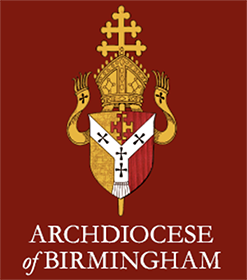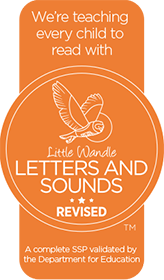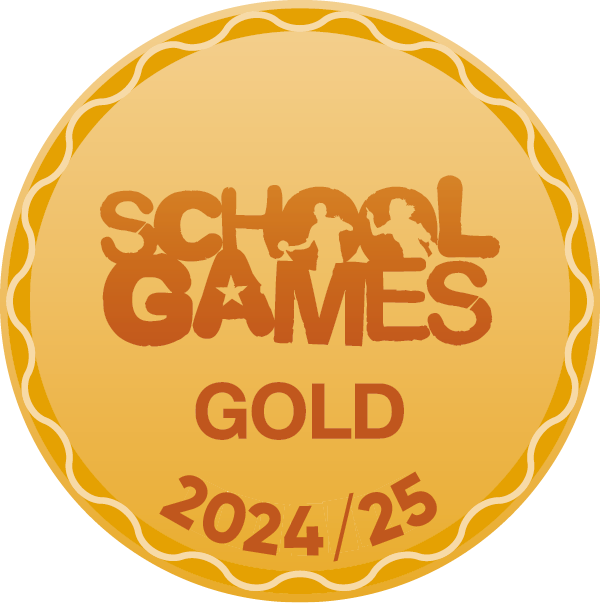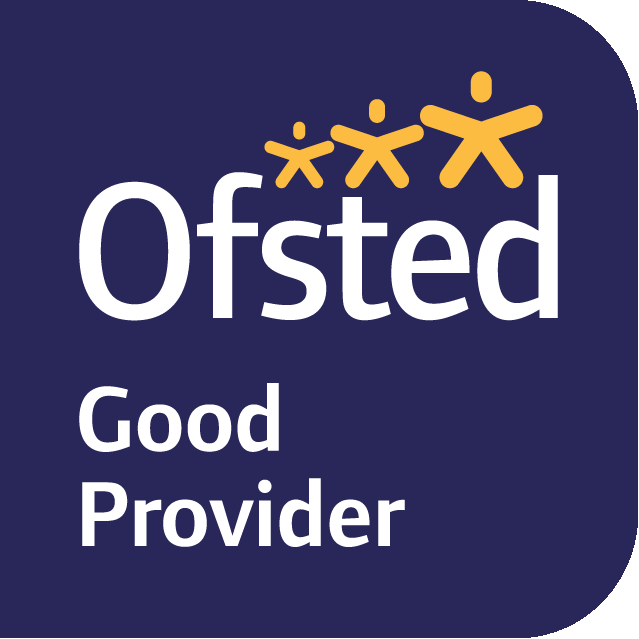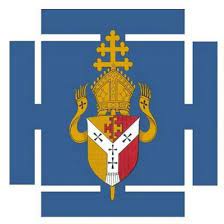Computing
Intent
Our primary school curriculum intent for Computing is to provide a solid foundation for our students to develop the essential skills, knowledge and understanding needed to become effective users of technology. We aim to inspire and challenge children from Nursery to Year 6 by providing a range of exciting, engaging and creative opportunities to learn about coding (programming) and digital literacy.
Our computing curriculum is designed to enable children to become confident and competent in a range of digital technologies. Throughout their time at our school, children will be taught the fundamentals of coding, using a range of programming languages and technologies, including block coding and Python. They will also develop digital literacy skills, including the use of common software applications, the Internet, and multimedia tools.
We recognize that e-safety is an essential aspect of our curriculum, and we take this responsibility very seriously. To ensure our students are safe and responsible users of technology, we incorporate e-safety lessons in every class using the SMART programme. Our e-safety lessons cover topics such as online identity, cyberbullying, online safety, and digital footprints.
By the end of their primary school journey, our students will have developed a deep understanding of computing, including how computers work, how they are programmed, and how they can be used to solve real-world problems. We aim to foster a love of technology, creativity and innovation, equipping our students with the skills and knowledge needed to thrive in an increasingly digital world.
Implementation
EYFS
Our children begin their journey with technology in Early Years, with access to iPads and BeeBots, as well as opportunities to use Chromebooks where appropriate to introduce the technology to the children. Teachers facilitate children’s curiosity with challenge and modelling how to use the equipment carefully and safely.
Coding
Coding forms a strong spine to our Computing work at St John Fisher, and when entering KS1, we continue the children’s physical programming journey with the BeeBots, using them more precisely. They learn how to programme a BeeBot to reach a destination and begin to be able to debug when something doesn’t work out the way they imagined.
We also bring coding into the classroom through Scratch. Scratch, and Scratch Jnr in KS1, is a programme we use throughout the school, so progression is built into whatever we do. Children go from designing sprites and manipulating basic functions, to creating games. In UKS2 we push this visual coding further by introducing Kodu, allowing children to create 3D games in a virtual world.
We also introduce the children to Code.org and the programming journey the website allows. The structure of the website and lesson progression allows for children and teachers to work together, but also provides opportunities for further, free, learning at home on the ‘Hour of Code’ scheme. As they progress through the school, the children will develop their coding skills, introducing ‘loops’ ‘events’ functions’. By the end of KS2 they will have used complex, multi layered codes to create a wide range of outputs.
Digital Literacy
In the computer room, and on Chromebooks, children will begin their journey by learning mouse control and how to log on and off a computer using their own username and password.
They will develop a range of word processing, visual presentation and spreadsheet skills throughout the school, will teachers using the opportunities to link the computing units to their wider curriculum.
This should provide children with a strong understanding of how to use key Office, or Google based, programmes which will give them a strong foundation moving forward through their education and beyond.
Multimedia
Ensuring children have opportunities to develop their multimedia skills, ensures the children a forum in which to bring out their creativity within computing and provides fantastic opportunities to link to a wider curriculum.
In KS1 we use art based programmes for children to learn to create and manipulate a wide variety of images, ensuring each year children progress and develop their skills. By KS2 we build on this further and children learn to animate using a range of pivot based programmes, and then go on further to create podcasts and short film based pieces. Children will use a variety of hardware throughout their multimedia and learn to move files across to manipulate in different programmes.
Digital Safety
E-Safety is something which is incredibly important at St John Fisher. Our work is focused around the Childnet SMART programme, and each year children start their Computing with a recap on the importance of staying safe online. Each year this is moved on further, and we look at issues which we feel are most relevant to that year group.
We also teach discrete units throughout the school related to the use of the internet, and the reliability of data and information you find, teaching children to challenge what they are being shown and look at the source of the information.
The children know how to keep themselves safe online and what to do if they come across something that makes them uncomfortable. KS2 are taught the difference between being a bystander and an upstander and the importance of reporting something they experience happening to themselves or another person, as in accordance with our Anti Bullying Policy and our Online Safety Policy. Upper KS2 understand the importance of media balance and appreciate that as they get older, they are more responsible for their online presence and how often they access a variety of forms of media.
We embed all this with specialist workshops and assemblies each year to focus in on any issues we feel are specifically relevant to our children and communities.
Impact
The impact of the computing work at St John Fisher can be seen through the children themselves.
Our children are confident in using a wide range of programmes across different hardware and can discuss what they are doing with their peers and adults.
Our children are aware of how to stay safe online and what to do if they face any issues.
There is clear progression in skills across the school, which is evidenced by the complexity and difficulty of work produced each year, and can be seen for example, on Code.org through each class’s progression chart.

